You've likely sprinkled black pepper on meals without a second thought. But this humble seasoning holds historical significance rivaling royal treasures and biochemical complexity worthy of scientific study. Let's explore what a black peppercorn truly is, why it dominates global spice racks, and how to maximize its potential beyond basic seasoning.
Table of Contents
- What Defines a Black Peppercorn?
- Historical Impact: The Spice That Shaped Economies
- Biological Composition Revealed
- Science-Backed Functional Properties
- Advanced Culinary Applications
- Sustainable Sourcing: An Overlooked Dimension
- Pepper Varietal Comparison
- Optimal Preparation and Preservation
- Beyond Seasoning: A Multifaceted Ingredient
What Defines a Black Peppercorn?
Contrary to common assumption, black peppercorns aren't peppers. They're the dried fruit berries of the Piper nigrum vine, indigenous to India's Malabar Coast. Harvested while still unripe green berries, they're sun-dried until their exterior turns dark and wrinkled, developing complex flavor compounds during this oxidation process.
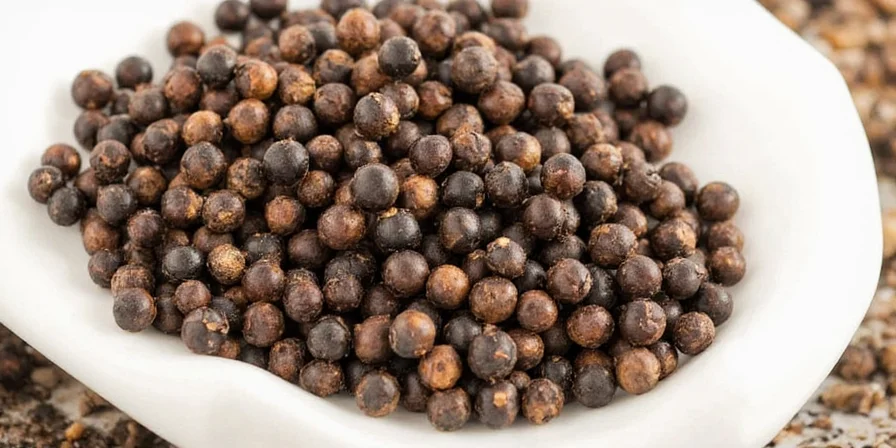
Historical Impact: The Spice That Shaped Economies
Pepper's historical value reshaped global trade routes. In ancient Rome, it was so prized it appeared in dowry agreements and inheritance settlements. Medieval European merchants established dedicated "pepper guilds," with Venetian traders controlling 80% of Europe's supply by the 14th century. The term "peppercorn rent" originated from symbolic land leases where payment was literally one peppercorn—highlighting its status as portable wealth. Unlike common myths, it was never actual currency but functioned as a high-value barter commodity.
Biological Composition Revealed
The distinctive heat comes from piperine concentrated in the outer layer—retained in black pepper but removed in white varieties. This compound enhances bioavailability of certain nutrients by up to 2,000%, particularly curcuminoids in turmeric. Recent phytochemical analysis shows over 30 volatile compounds contributing to black pepper's complex flavor profile, including caryophyllene (earthy notes) and limonene (citrus undertones).
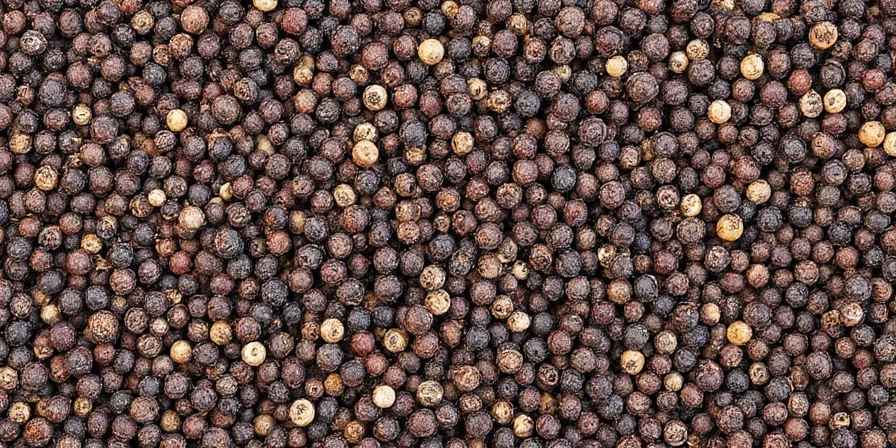
Science-Backed Functional Properties
Beyond flavor enhancement, research indicates significant functional properties:
- Nutrient Synergy: Piperine increases absorption of selenium, B vitamins, and beta-carotene.
- Digestive Stimulation: Triggers gastric enzyme production, improving protein breakdown efficiency.
- Antioxidant Capacity: ORAC testing shows moderate free radical scavenging activity.
- Thermal Stability: Retains functional properties at cooking temperatures up to 160°C (320°F).
Advanced Culinary Applications
Move beyond basic grinding with these professional techniques:
- Controlled Infusion: Steep whole peppercorns in warm oil for 10 minutes to extract nuanced flavors without bitterness.
- Enzyme Activation: Add crushed pepper to marinades 30 minutes before cooking to maximize enzymatic tenderizing effects.
- Acid Pairing: Combine with citrus or vinegar to balance piperine's alkalinity, creating layered flavor profiles.
- Thermal Sequencing: Add early in cooking for mellow heat, late for pronounced sharpness.
- Texture Engineering: Coarsely crush for steak crusts to create surface abrasion that enhances Maillard reaction.
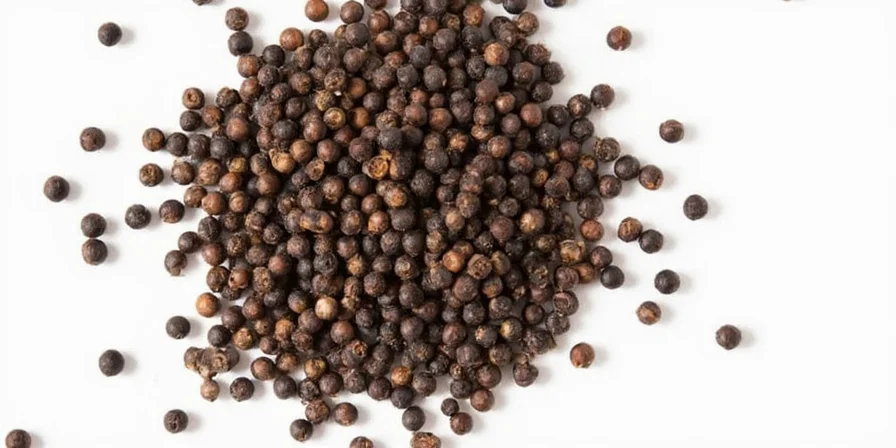
Sustainable Sourcing: An Overlooked Dimension
Modern pepper production faces ecological challenges. Conventional farming often involves deforestation and chemical runoff. Look for certifications like Rainforest Alliance or Fair Trade to support shade-grown cultivation that preserves biodiversity. Vietnam now produces 34% of global supply using sustainable practices that maintain soil health through intercropping with fruit trees. Choosing whole peppercorns reduces processing energy by 60% compared to pre-ground alternatives.

Pepper Varietal Comparison
| Type | Processing Method | Chemical Profile | Ideal Applications |
|---|---|---|---|
| Black | Unripe berries, sun-dried | High piperine, complex terpenes | Meat rubs, hearty sauces, long-cook dishes |
| White | Ripe berries, fermented skin removal | Milder piperine, reduced volatile oils | Cream sauces, light-colored dishes |
| Green | Unripe berries, freeze-dried | Preserved chlorophyll, lower piperine | Fish dishes, fresh salsas, salad dressings |
| Pink | Rainforest berry, no fermentation | Myrcene dominant, no piperine | Desserts, fruit salads, cocktail garnishes |
Optimal Preparation and Preservation
Maximize flavor retention with these evidence-based methods:
- Grinding Precision: Use adjustable grinders set to medium-coarse for cooking; fine for finishing dishes.
- Thermal Activation: Dry-toast peppercorns at 100°C (212°F) for 3 minutes to intensify aromatic compounds.
- Air-Tight Storage: Whole peppercorns maintain potency 3x longer in vacuum-sealed containers versus jars.
- Light Protection: Amber glass containers reduce UV degradation by 75% compared to clear glass.
- Humidity Control: Include silica packets in storage to prevent moisture-induced flavor loss.
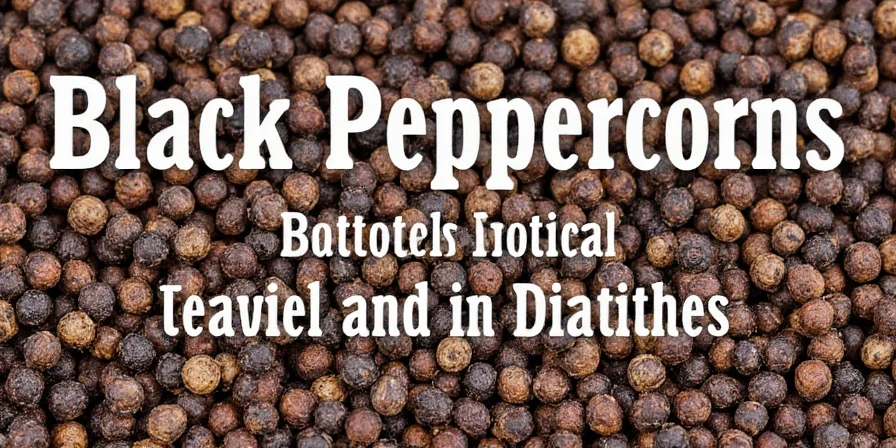
Beyond Seasoning: A Multifaceted Ingredient
Black peppercorns represent far more than kitchen staple—they're biochemical catalysts with historical significance and ecological implications. Each berry delivers a sophisticated interplay of chemistry and culture, from enhancing nutrient uptake to shaping global trade routes. When properly sourced and utilized, this ancient spice remains one of culinary science's most versatile tools. Next time you reach for that jar, recognize you're holding a natural compound capable of transforming both flavor and function in your cooking.
Pro Tip:
For layered complexity, combine freshly cracked black pepper with flaky sea salt and lemon zest—the citric acid activates piperine while the salt crystals create textural contrast that amplifies flavor perception.
Frequently Asked Questions (FAQs)
What distinguishes black peppercorns from other pepper varieties?
Black peppercorns are unripe berries sun-dried with skin intact, creating higher piperine content and complex flavor notes compared to white (skin-removed) or green (freeze-dried) varieties.
Does grinding method affect nutritional benefits?
Yes. Grinding immediately before use preserves volatile compounds that degrade within 15 minutes of exposure to air. Mortar-and-pestle grinding generates less heat than electric mills, better maintaining functional properties.
Can black pepper interact with medications?
Piperine may affect metabolism of certain pharmaceuticals by inhibiting liver enzymes. Consult healthcare providers if taking blood thinners or antidepressants before consuming therapeutic doses.
Why choose whole peppercorns over pre-ground?
Whole peppercorns retain 92% of volatile compounds versus 40% in pre-ground pepper after 6 months. The oxidation process begins immediately upon grinding, diminishing both flavor intensity and functional benefits.
How does sustainable pepper farming work?
Shade-grown systems integrate pepper vines with fruit trees, maintaining forest canopy. This reduces soil erosion by 65% and increases biodiversity while producing higher-quality berries through slower maturation.

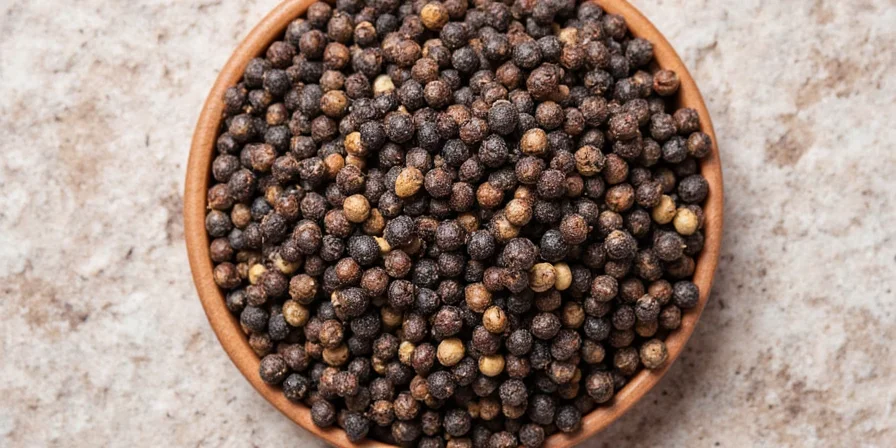









 浙公网安备
33010002000092号
浙公网安备
33010002000092号 浙B2-20120091-4
浙B2-20120091-4